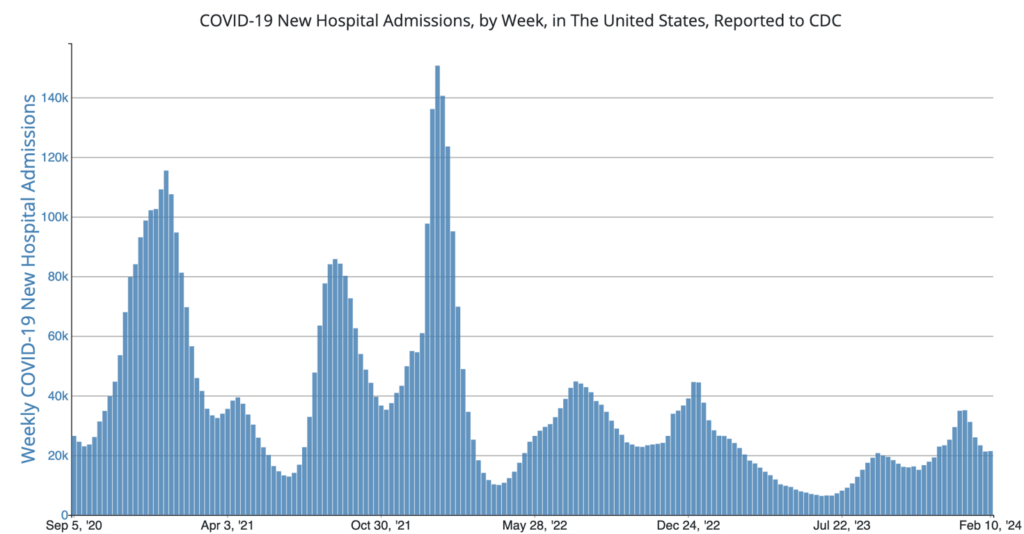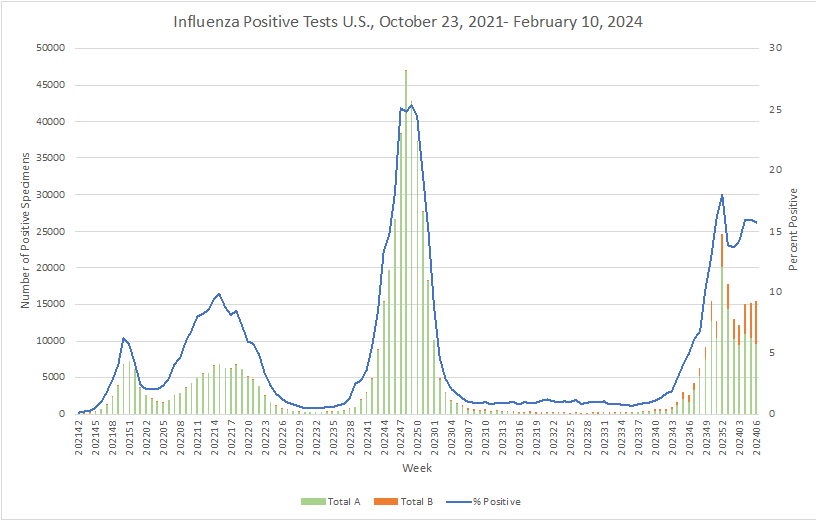It may not come as a surprise that studies have shown norovirus to be the most commonly identified cause of outbreaks in retail food establishments, but a 2023 NEARS study from more than 800 restaurant-related outbreaks found sick workers were involved in many of them. The study found that the contamination of food by ill or infectious food workers contributed to approximately 40% of outbreaks with identified contributing factors. This is particularly concerning as the findings were consistent with those from other national outbreak data sets, highlighting the role of ill workers in foodborne illness outbreaks.
The positive side of the findings is that norovirus contamination is preventable through a number of initiatives, such as:
- Food safety culture. CDC’s EHS-Net found key components of strong food safety culture in restaurants to include restaurant managers showing a personal commitment to food safety; having food safety trainings and policies in place; employee commitment to food safety; and the restaurant has sufficient resources to support food safety, such as enough soap and sinks for handwashing.
- A Southern Nevada EHS-Net study found that training helps to promote a strong food safety culture, along with restaurant managers expressing appreciation for staff and routine two-way communication between managers and staff.
- It is recommended that restaurants develop and enforce policies that require workers with certain symptoms (e.g., vomiting, diarrhea, jaundice, sore throat with fever, and sore with pus) to notify their managers and stay home or not work with food.
- Opportunities for food workers to contaminate food can be further limited through active implementation of hand hygiene and glove-wearing, particularly with RTE foods.
In the investigation of outbreaks, the NEARS data also showed that the investigations were more often successful when they used a unified public health response that included an environmental assessment, epidemiologic techniques to identify implicated food, and collection and testing of clinical samples. If you need assistance with assessing or developing your food safety culture, infectious disease policies, or other food safety or public health needs, give TAG a call – we can help!
COVID Risk Matrix:

Influenza:


- In 2021, there were around 244 cases of chickenpox in Canada, a substantial decrease from almost 50,000 in 1993.
- Measles:
- Clusters of measlescases are appearing across England as health officials warned their fears that the disease would spread have been realized; cases are up 12%.
- Health officials warn that measles cases in Canada may rise. In other Canadian measles news, a Toronto infant was hospitalized with confirmed measles that was linked to travel.
- As of February 15, 2024, this year’s total of 20 measles cases were reported by 11 jurisdictions: Arizona, California, Georgia, Maryland, Minnesota, Missouri, New Jersey, New York City, Ohio, Pennsylvania, and Virginia.
- By the end of 2024, it’s estimated that over half of all countries in Africa will be at high risks of measles outbreaks.
- Elevated measles activity reported in multiple areas in Austria in February. Tyrol and Vienna are most affected.
- Cases of TB in England rose by 10.7% in 2023 compared to 2022 (4,850 compared to 4,380). The rise signals a rebound of TB cases to above the pre-COVID-19-pandemic numbers. Health officials are working to determine reasons for the increase which will help direct prevention steps.
- Public health scientists are worried about the possibility of the prion disease, Chronic Wasting Disease, spreading from deer to humans. Though CWD is not known to have passed to humans or domestic animals yet, experts are very concerned about both possibilities especially among hunters and others who have direct contact with deer. The University of Minnesota has received a $1.5 million grant to study this.
- Receiving multidose vaccinations in both arms (specifically alternating arms), instead of just one, may increase the immune response, new OHSU research suggests. Research revealed as much as a four-fold increase in immune response when people alternate from one arm to the other when given a multi-dose vaccine.





